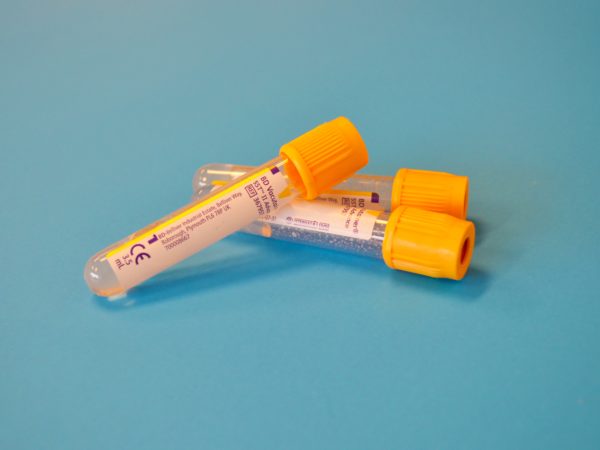For people with Development Coordination Disorder (DCD), increased motor imagery could help to improve movement function.
Developmental Coordination Disorder (DCD) is a neurodevelopmental condition affecting motor coordination and movement.
A review from Deakin University has revealed adults with DCD have difficulties imagining themselves performing an action, without physically doing that movement.
PhD candidate Pamela Barhoun – from Deakin’s Cognitive Science Unit within the School of Psychology – used the review to inform her 2020 Falling Walls Lab presentation.
The Falling Walls Lab Conference is an international forum that promotes interdisciplinary connections between aspiring academics, innovators, entrepreneurs, investors and professionals.
She proposed applying magnetic brain stimulation over the areas involved in movement to increase activity and motor imagery ability in people with DCD.
DCD extends across lifespan
With an estimated prevalence of approximately five percent of children, DCD affects an average of one or two children in every Australian classroom and continues to have an impact into adulthood.
In adulthood, difficulties organising themselves in their physical surroundings can make activities such as navigating road crossings or learning to drive a car particularly challenging.
Ms Barhoun explains before a movement, our nervous system uses information from our environment and prior experience to predict the consequences of doing an action, called internal action representations.
This aids people to plan and control movements in everyday life, and motor imagery ability is thought to provide insight into one’s ability to generate these internal action representations.
Supervised by Dr Christian Hyde and Dr Ian Fuelscher in collaboration with the CNU within the School of Psychology, her research aims to understand if and/or how motor-related brain areas are involved in motor imagery in people with and without movement difficulties.
“Our research revealed individuals with DCD are able to engage in motor imagery but are inefficient at doing so relative to individuals with typical motor development (i.e., without DCD),” Ms Barhoun says.
“This suggests that perhaps the motor impairments in DCD may be affected, in part, by a reduced ability to engage in motor imagery.”
Complex brains
On an anatomical level, there is minimal clarity on what areas of the brain are being used during motor imagery.
Ms Barhoun says a deeper understanding of brain areas, such as the primary motor cortex and supplementary motor area, is needed to determine if they are involved in motor imagery ability.
“In doing so, we can start to better understand how we use motor imagery, why some people may have difficulties with this cognitive process, and how we can effectively implement and target motor imagery during treatment.
“My current work involves using non-invasive brain stimulation, called theta burst stimulation, to better understand the role of motor related brain areas (i.e., primary motor cortex and supplementary motor area) in motor imagery in adults with and without DCD.”
This theory suggests having issues with motor imagery may contribute to movement problems. Her research is trying to find ways to effectively use and target motor imagery to help improve people’s movement.
A need for universal intervention
So, what’s the real-world impact of this research?
Importantly, people with movement problems are at increased risk of depression, anxiety, medical complications, poor academic outcomes and social isolation relative to their peers.
“To date, there is no universally accepted or effective intervention for treating movement difficulties in children, like DCD.”
With even less available interventions for adolescents and adults, the more researchers can understand how motor imagery is used and its relationship with movement, the better.
If successful, Ms Barhoun’s research may lead to the development of clinical movement interventions using technology to target motor imagery.
This has the potential to not only support people with DCD, but other neurodevelopment disorders affecting movement, including Autism Spectrum Disorder (ASD) and cerebral palsy.
Ms Pamela Barhoun is a PhD candidate at Deakin University’s Cognitive Science Unit within the School of Psychology. Discover her latest research paper on DCD and problems with motor imagery.



